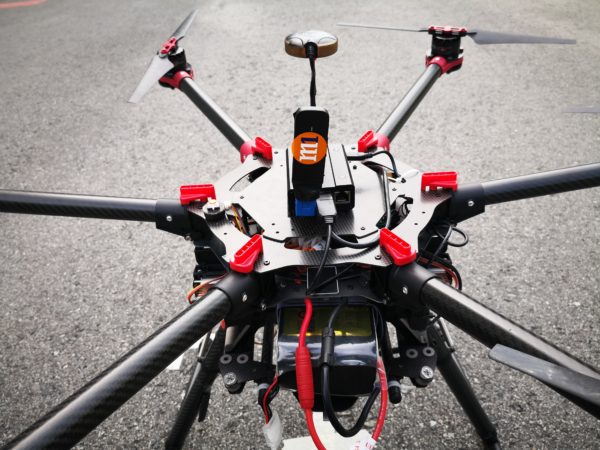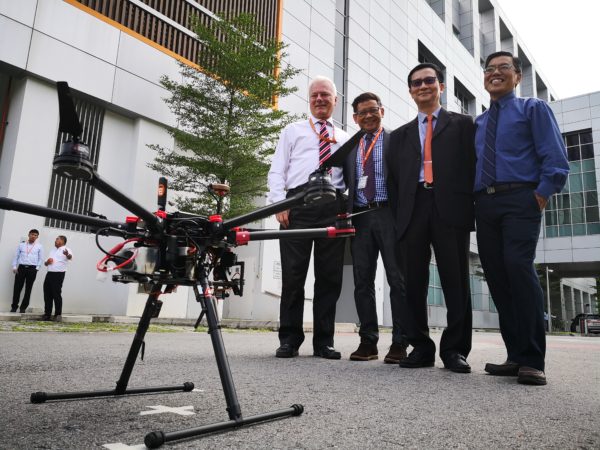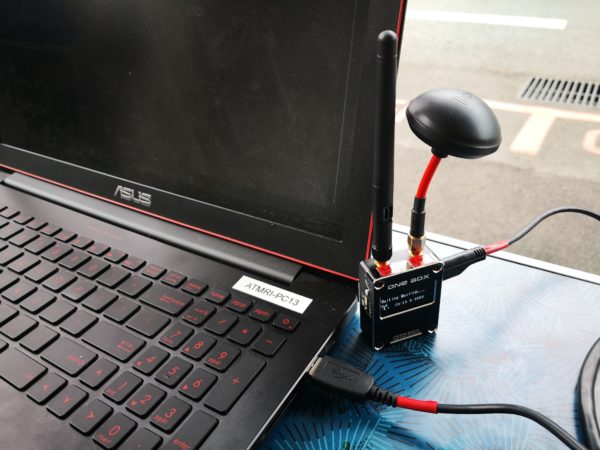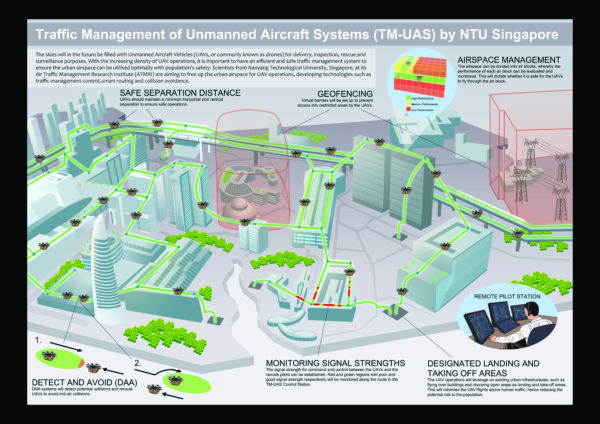
M1 and the Nanyang Technological University (NTU) are looking to use the Singapore telecom operator’s 4.5G HetNet (Heterogeneous Network) to fly drones more safely when more of them take to the sky in future.
As part of a deal signed yesterday, the two organisations will find a way to use a more dedicated wireless link that is less prone to interference than what is used by current drones.
Unlicensed bandwidth in the 2.4GHz and 5GHz spectrum is often congested with data traffic especially from the use of Wi-Fi in homes and offices.
Such interference from wireless devices creates problems for effective and safe communication with the drones as a loss of control or a video feed could cause a drone to lose its way.

The use of the 4.5G HetNet promises a much better experience because of the use of licensed bandwidth for control. The video feed will also be less affected by interfering signals.
Think of the drone having its own mobile phone network that lets it communicate much more effectively and secure with a control centre. M1 also promises little or no latency issues, hence controlling the drone is more precise.

At a media event yesterday, M1 and NTU executives flew a purpose-built drone at the M1 office at International Business Park and its surrounding areas.
Using the mobile network also means a drone can fly further. It can now travel beyond visual range and even for the use of sea-borne operations. Yes, that includes the possibility of flying packages from to the ships docked at a harbour or even to Singapore’s outlying islands.

The agreement signed yesterday, to last three years, also aims to find a way to use HetNet to control multiple drones in an urban environment.
Would there be aerial ‘highways’ for drones to travel from one point to another quickly and avoid collisions? That might be possible if drones are managed more closely in future.






